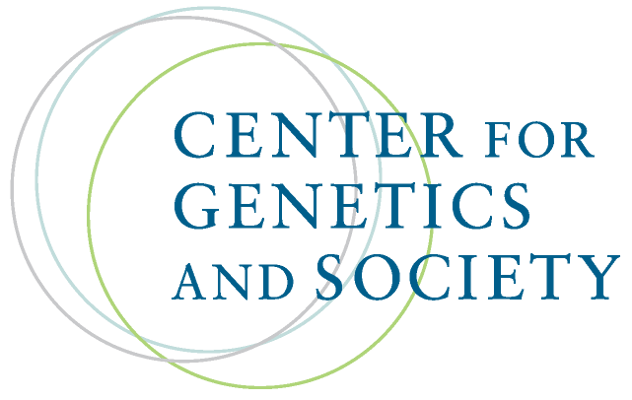Scientists Can Design ‘Better’ Babies. Should They?
By Clyde Haberman,
The New York Times [Cites CGS' Marcy Darnovsky]
| 06. 10. 2018
For nine frustrating years, Lesley and John Brown tried to conceive a child but failed because of her blocked fallopian tubes. Then in late 1977, this English couple put their hopes in the hands of two men of science. Thus began their leap into the unknown, and into history.
On July 25, 1978, the Browns got what they had long wished for with the arrival of a daughter, Louise, a baby like no other the world had seen. She came into being through a process of in vitro fertilization developed by Robert G. Edwards and Patrick Steptoe. Her father’s sperm was mixed with her mother’s egg in a petri dish, and the resulting embryo was then implanted into the womb for normal development.
Louise was widely, glibly and incorrectly called a “test-tube baby.” The label was enough to throw millions of people into a moral panic, for it filled them with visions of Dr. Frankenstein playing God and throwing the natural order of the universe out of kilter. The reality proved far more benign, maybe best captured by Grace...
Related Articles
By Anumita Kaur [cites CGS’ Katie Hasson], The Washington Post | 03.25.2025
Genetic information company 23andMe has said that it is headed to bankruptcy court, raising questions for what happens to the DNA shared by millions of people with the company via saliva test kits.
Sunday’s announcement clears the way for a new...
By Peter Wehling, Tino Plümecke, and Isabelle Bartram
| 03.26.2025
This article was originally published as “Soziogenomik und polygene Scores” in issue 272 (February 2025) of the German-language journal Gen-ethischer Informationsdienst (GID); translated by the authors.
In mid-November 2024, the British organization Hope not Hate published its investigative research ‘Inside the Eugenics Revival’. In addition to documentating an active international “race research” network, the investigation also brought to light the existence of a US start-up that offers eugenic embryo selection. Heliospect Genomics aims to enable wealthy couples to...
By Frank Landymore, Futurism | 03.18.2025
You can only throw so much money at a problem.
This, more or less, is the line being taken by AI researchers in a recent survey. Asked whether "scaling up" current AI approaches could lead to achieving artificial general...
By Craig S. Smith, Forbes | 03.08.2025
One recent evening in Shenzhen, a group of software engineers gathered in a dimly lit co-working space, furiously typing as they monitored the performance of a new AI system. The air was electric, thick with the hum of servers and...




